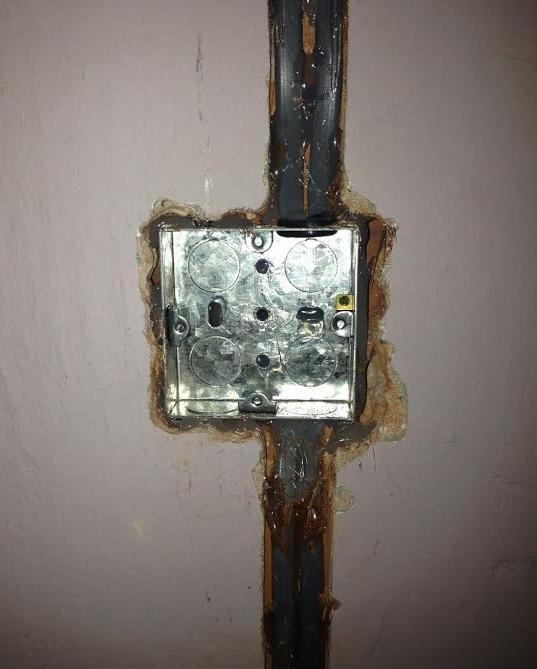Original thread (hijacked) here:
//www.diynot.com/diy/threads/my-complete-diy-rewire.424734/page-20
Please can we stay on topic this time.
A challenge: If you see anything I've done which isn't to regs or isn't safe, please let me know.
My questions: They may seem stupid to you, but I'm not concerned about looking stupid. I'd rather ask a stupid question than assume I'm awesome and thereby make a stupid mistake.
Advice:
1. I've stated many times I have to do this, I don't have a choice, and advising me not to is daft. Don't waste your time.
2. I've taken some advice, using grommets for example. I'm also cutting more grey insulation off - so to say I'm not taking advice is flat out wrong.
3. Other advice which isn't directly related to safety (ie. using oval conduit) may not be taken. It just depends on what I think will be easiest/most suitable. Don't be upset if you don't convince me. (if it's a major safety concern however, then say so.)
The following posters are not welcome in this thread (adding zero value):
ban-all-sheds
Pictures so far:
//www.diynot.com/diy/threads/my-complete-diy-rewire.424734/page-20
Please can we stay on topic this time.
A challenge: If you see anything I've done which isn't to regs or isn't safe, please let me know.
My questions: They may seem stupid to you, but I'm not concerned about looking stupid. I'd rather ask a stupid question than assume I'm awesome and thereby make a stupid mistake.
Advice:
1. I've stated many times I have to do this, I don't have a choice, and advising me not to is daft. Don't waste your time.
2. I've taken some advice, using grommets for example. I'm also cutting more grey insulation off - so to say I'm not taking advice is flat out wrong.
3. Other advice which isn't directly related to safety (ie. using oval conduit) may not be taken. It just depends on what I think will be easiest/most suitable. Don't be upset if you don't convince me. (if it's a major safety concern however, then say so.)
The following posters are not welcome in this thread (adding zero value):
ban-all-sheds
Pictures so far:










